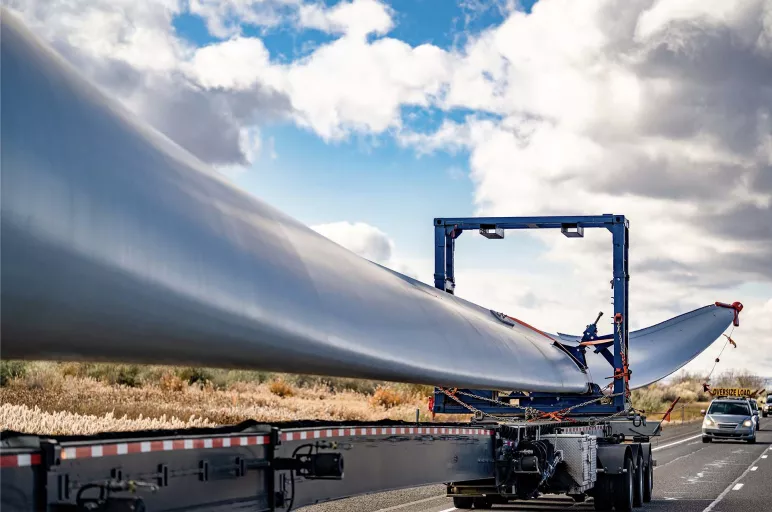
Streamlining Engineered Equipment Sourcing and Supply Chain: Strategies for Success
- Engineered equipment refers to a wide range of devices, machines, and systems designed to perform specific, precision tasks that often demand high levels of automation and control
- Companies need to establish clear-cut sourcing and supply chain strategies, specifying requirements of the engineered equipment, to achieve their business objectives
- The right approach and tools can enable companies to overcome the challenges of sourcing and managing engineered equipment
May 19, 2023 | Supply Chain Strategy 4 minutes read
Engineered equipment sourcing and engineered equipment supply chain management involve complex processes that require detailed planning, complete coordination, and proper execution. Businesses — from oil rigs to manufacturing plants — rely on engineered equipment to keep running their operations smoothly.
What is Engineered Equipment?
Engineered equipment refers to a wide range of devices, machines, and systems specifically designed and manufactured to meet the requirements of all sorts of applications and industries. Typically developed by teams of highly skilled engineers, scientists, and technicians, engineered equipment can be found in virtually every sector of the economy — from aerospace and defense to healthcare, transportation, and energy.
Common industrial examples of engineered equipment would be engines, pumps, turbines, generators, medical imaging equipment, manufacturing machinery, and so on. All of these products are designed to perform specific, precision tasks that often demand high levels of automation and control.
Technical Aspects of Engineered Equipment
Technology has been at the forefront of business transformation for some time now. It also plays an increasingly important role in engineered equipment sourcing and supply chain management. Advancements in digitalization and automation have enabled businesses to streamline processes and improve efficiency. Prototyping and manufacturing of complex components can now take the help of 3D printing and effectively reduce lead times and costs. Similarly, digital twins and augmented reality technologies have enabled engineers to design and test equipment virtually, cutting down the need for physical prototypes and testing.
Another technical aspect to consider is quality assurance and control — to ensure that the manufactured equipment meets all required quality standards and is free from defects. However, this may also require conducting physical inspections and tests at various stages of production to ensure that the equipment is being manufactured to the required standards.
Challenges in Engineered Equipment Sourcing and Engineered Equipment Supply Chain
Finding the right supplier has been one of the biggest challenges of engineered equipment sourcing. When sourcing specialized equipment, there may only be a handful of qualified suppliers. The other challenge is ensuring quality as well as compliance with regulations. Most of the engineered equipment components are subject to strict regulations, and failing to comply usually results in significant legal and financial consequences.
Businesses need to establish a robust supplier qualification process that includes a thorough evaluation of potential suppliers' financial stability, quality control processes, and experience in delivering the required results for similar projects. Businesses should also consider partnering with suppliers with a proven track record of meeting compliance requirements.
Once the equipment has been sourced, managing the supply chain for engineered equipment can be equally challenging. Engineered equipment typically requires a high degree of customization, leading to long lead times and increased costs. This is particularly true for businesses that operate in remote or hard-to-reach areas, where logistics could prove to be a major obstacle in last mile delivery.
Managing Engineered Equipment Sourcing and Supply Chain
Companies need to establish clear-cut sourcing and supply chain strategies, specifying requirements of the engineered equipment. This may require close coordination with suppliers in order to optimize design and manufacturing processes. In addition, companies need to develop contingency plans to deal with unexpected delays or disruptions in the supply chain.
Other than technical specifications and quality control, logistics and transportation of the equipment are critical aspects. Engineered equipment is often large, heavy, and complex, necessitating the need for specialized transportation and handling. Procurement must work closely with logistics and transportation teams to ensure that the equipment is transported in a safe and efficient manner — to minimize the risk of damage during transit and escalations from customers.
When it comes to the supply chain management of engineered equipment, it's essential to consider the lead times in manufacturing and transporting the equipment. Lead times can be significant and can range from several weeks to several months — depending on the complexity and size of the equipment. Working closely with suppliers and logistics teams is absolutely necessary to manage lead times effectively and ensure that the equipment is delivered on time.
In addition to these technological advancements, businesses can also leverage data analytics to optimize their supply chains. By analyzing data on supplier performance, delivery times, and inventory levels, companies can identify areas for improvement and make data-driven decisions to optimize their supply chain.
Conclusion
Managing engineered equipment sourcing and engineered equipment supply chain can be complex. But businesses can optimize their sourcing through advanced technologies such as digital twins and augmented reality; and supply chains can be optimized by operationalizing robust supplier qualification process, developing a clear supply chain strategy, and leveraging technology and data analytics. With the right approach and tools, companies can overcome the challenges of sourcing and managing engineered equipment and achieve their business objectives.




